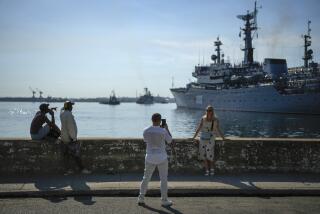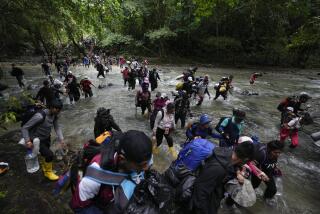A look at Cuba, its people, government, economy
Key information about Cuba, where Pope Francis will travel Saturday through Tuesday.
___
LAND — Largest island in Caribbean, covers some 44,000 square miles (more than 110,000 square kilometers), about size of Pennsylvania or Bulgaria. Rugged Sierra Maestra mountains at eastern end, but mostly flat or slightly rolling countryside.
___
PEOPLE — Population more than 11 million. According to the 2012 census, 64.1 percent of the population describes itself as white, 26.6 percent as mixed race, and 9.3 percent as black. Cuba said it registered the lowest infant mortality rate in its history at the end of 2014, with about 4.2 deaths per 1,000 live births, lower than that of the United States. The government says life expectancy is about 78 years.
___
GOVERNMENT — Raul Castro is head of government and state as president of the Council of State and president of the Council of Ministers. The constitution says the Communist Party is the leading force in society. No formal opposition parties are permitted.
___
ECONOMY — Still recovering from economic crisis that began in 1990 after it lost Soviet aid and trade. Cuba posted steady growth since late 1990s that slowed dangerously by 2014. Cuba blames economic problems on U.S. trade embargo; detractors blame inefficient centralized planning. After modest economic reforms in mid-1990s, the government reasserted more centralized control beginning in 2004. In 2010, Raul Castro began reopening economy to limited free-market reforms and planned to lay off many state workers. Important sources of income include health services exported to Venezuela, tourism, sugar, nickel, tobacco, citrus, coffee, pharmaceuticals. Detente with U.S. announced in late December, 2014, feeding hopes of faster growth.
Copyright 2015 The Associated Press. All rights reserved. This material may not be published, broadcast, rewritten or redistributed.
More to Read
Sign up for Essential California
The most important California stories and recommendations in your inbox every morning.
You may occasionally receive promotional content from the Los Angeles Times.










